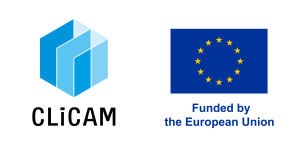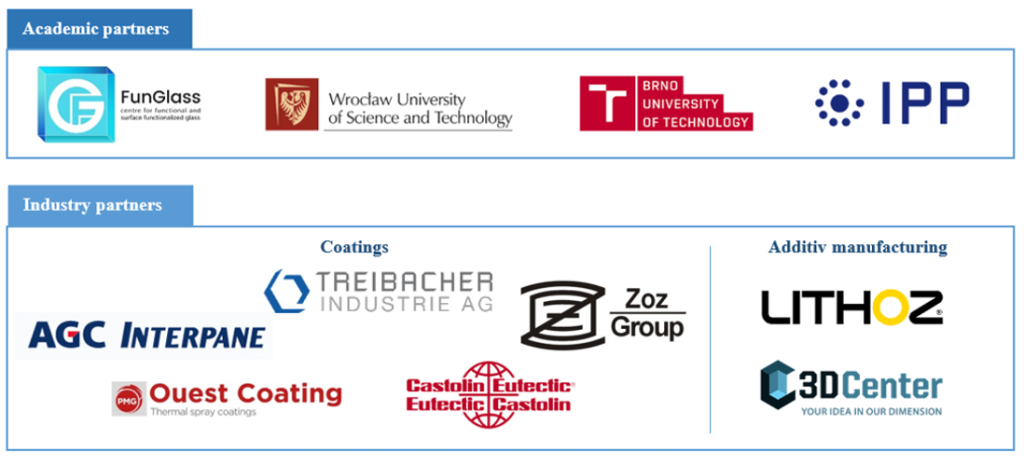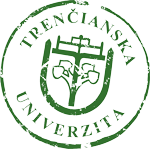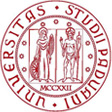CLiCAM PROJECT
Cultivating Leaders for Innovative Coatings and Additive Manufacturing

Acronym:
CLiCAM
Project number:
101120555
Call identifier:
HORIZON-WIDERA-2022-TALENTS-03
Topic:
HORIZON-WIDERA-2022-TALENTS-03-01
Coordinator:
Prof. Dušan Galusek, Alexander Dubček University of Trenčín, Slovakia
Funding:
€ 1 998 125,00
Duration:
1 September 2023 – 31 August 2027
Website:
Partners:
VYSOKÉ UČENÍ TECHNICKÉ V BRNE / BRNO UNIVERSITY OF TECHNOLOGY (BUT)
Ústav fyziky plazmatu AV ČR, v. v. i. / Institute of Plasma Physics of the CAS (IPP)
POLITECHNIKA WROCLAWSKA / Wroclaw University of Science and Technology (WUST)
LITHOZ GMBH (Lithoz)
TREIBACHER INDUSTRIE AG (Treibacher)
INTERPANE ENTWICKLUNGS- UND BERATUNGSGESELLSCHAFT MBH (Interpane)
3D CENTER SP. Z O. O. (3D Center)
OUEST COATING (PMG)
CASTOLIN SP ZOO (Castolin)
ZOZ GMBH (Zoz)
The project objective:
Too often, great research ideas as well as talented researchers from Europe are acquired by non-European players who turn them into impactful innovations whose economic benefits are realized outside the EU. In addition, the innovation divide between the widening countries and the other member states persists (patent applications per million inhabitants not reaching 15% of the EU benchmark). The problem of the inability to transform the potential of basic research into the development of commercially viable innovations thus becomes a serious obstacle for the sustainable economic development of countries such as the Czechia, Poland, and Slovakia.
In response, the CLiCAM project will cultivate participating ERA talents into leaders who will make innovation happen through intersectoral collaboration. The innovation leadership provided by ERA talents shall transform participating research organisations from widening countries into innovation beacons turning basic research into sustainable prosperity in fields of coatings and additive manufacturing. In doing so, the project will create an R&I ecosystem contributing to the development of relevant key enabling technologies across three domains critical for Europe’s technological sovereignty: advanced manufacturing, advanced materials, and life-science technologies.
The actions of the consortium will concern three pillars of innovation:
(i) people – cross-sector secondments and Innovation Leadership training,
- ii) processes – reintegration actions and benchmarking initiative,
iii) infrastructure – two virtual test bed ecosystems for better use of existing research facilities.
The long-term impact will be to strengthen human capital base in R&I (qualified personnel for impactful innovation), initiate technology transfer activities (patent applications, licensing transactions, contractual research) and generate future R&D investments (intersectoral research projects, virtual test bed ecosystems, spin-offs).
CONSORTIUM:








